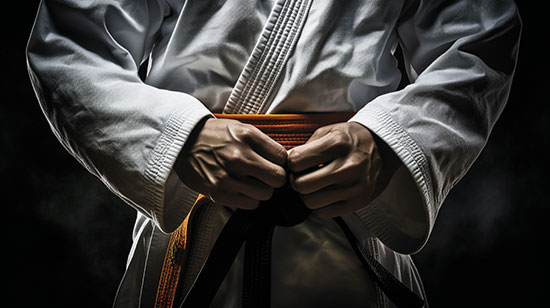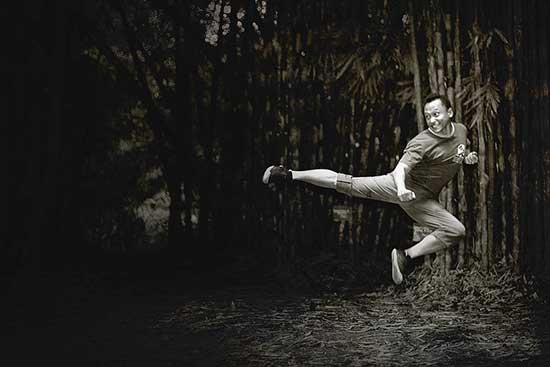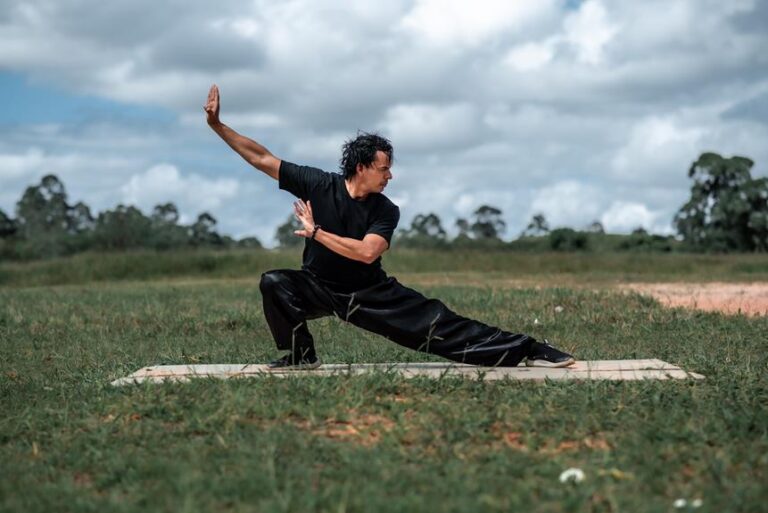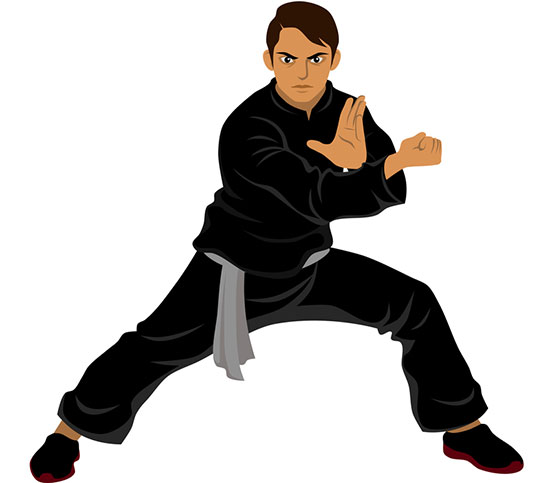Martial art is diverse and has many different forms, with each form being suited to one’s body type and physical attributes.
There are hundreds of different martial arts that have sprung up around the world, spanning centuries and cultures.
Arguably two of the most famous martial arts are Kali and Silat — but what’s the difference?
Contents
Kali
Kali is considered to be a Filipino martial art that encompasses a wide range of weapons: double sticks, single sticks, knife fighting, hand-to-hand combat (empty hands or clinching), as well as grappling.
It is an umbrella name for a few hundred different Filipino fighting systems. Kali entails more boxing, muay Thai, grappling, and knife fighting.
It is very practical, with a lot of real-life combat applications. The weapon specialty of Kali is the knives, and over the last century, knives have become an important part of Kali. It is a very lethal art, not for beginners but for those that want to survive.
Benefits of the kali
- Durability. You will learn how to defend yourself from harm by learning the Kali philosophy. What makes Kali able to last is the philosophy behind its practice. The idea behind Kali is not just to push an individual to their physical limitations but also their mental limit. For a person to succeed, they must overcome their limitations. It is meant as a way of life, and this life-long approach has allowed it to grow and adapt as a martial art form in itself.
- With Kali, you will learn ways of defense from other people, as well as countering and negotiating with them.
- If a person practices the teachings of Kali, they will have better focus and mental strength.
- Another advantage of Kali is that its attacks are swifter. This, of course, is due to the swiftness of the knives in Kali.
- Kali gives you adaptability. It is similar to Filipino boxing but is much more than just a boxing form. It is a full-on martial art that incorporates multiple different fighting techniques, styles, and weapons.
Disadvantages of Kali
- You have to be in perfect condition before you learn the kali. This is because you need to be able to handle the training and pressure of the kali training, or your body will be ruined, and you may suffer serious injuries. Not only that, but without proper conditioning, it’s difficult to perfect the techniques being taught due to a lack of energy and strength.
- Kali requires you to be able to defend yourself from multiple situations and attacks, so a person would need to know when it’s appropriate to fight or not and when not to fight.
- Kali requires you to learn all of your skills, so it would be harder to teach and train someone who doesn’t know how to use kali unless a certified person taught it to them.
- The speed and power at which a kali practitioner strikes hold some disadvantages. For starters, the blades can be dangerous to the user, especially if the knife is dull. Many kali students use various knives, but all knives have one thing in common — they can cause serious injury to a person if used incorrectly.
Silat
Silat is Indonesian in origin and indigenous to Indonesia. It is also known as Pencak Silat, as it consists mainly of multiple strikes in a circular motion.
The term “Silat” comes from Indonesian words meaning sword or blade. Silat practitioners (students) must master the techniques of the art and be able to use them in real-life self-defense situations, like knife fighting.
Silat is deadly and is practiced in one’s mind, and body: striking, kicking, twisting of joints, grappling, or throwing an attacker are all exercised within the training environment.
The most prominent weapons of Silat are the blade and spear, but it also involves empty-hand combat, a wide variety of punches and kicks, as well as joint locks.
Benefits of Silat
- Silat is more practical, effective, and applicable.
- Silat gives you quick reflexes, as well as speed.
- Silat teaches you to dodge and counterstrikes, making silat useful in many situations.
- Silat focuses on striking as well as kicking, allowing you to develop your skills with both.
- If a person practices Silat, they can protect themselves from being hurt while fighting. They can also help them become more focused and less mentally distressed when practicing the art.
Disadvantages of Silat
- Silat can be dangerous to someone who is just learning it. They could seriously injure themselves if they practice the art incorrectly or too hastily.
- Silat is harder to master, as the techniques are more difficult to learn than with Kali.
- Silat has various techniques and movements that may be too difficult for beginners to learn right away.
Differences between Kali vs. Silat
- Kali is a Filipino martial art that involves striking, kicking, and knife attacks. It is practical and widely used in everyday life. Silat, on the other hand, is Indonesian in origin and used in Indonesia.
- Although both arts incorporate various fighting techniques, the number of strikes in Silat is much higher than in Kali.
- Many students of Silat practice other martial arts as well, such as Muay Thai, Karate, and Kung Fu. However, Kali only involves strikes, kicks, and knife attacks.
- The main goal of Silat is to defend oneself and cause injury. Kali, on the other hand, is a Filipino martial art that focuses on self-defense and a way of life.
Similarities between Kali vs. Silat
- Both arts train students to defend themselves with strikes, kicking, and knife attacks.
- Both arts focus on self-defense as well as on a way of life.
- Both arts are diverse and incorporate various fighting techniques.
- Both are ancient styles that include both armed and unarmed combat elements, and both have practitioners across the globe.
Conclusion
Although both are ancient styles with the same goal, they are different in many ways. As a martial artist, you should understand both martial arts before choosing which one is best for you.
As a student who is either going to learn or practice kali or Silat, the best thing you can do is find a certified instructor who teaches both arts to get the most out of your training.





